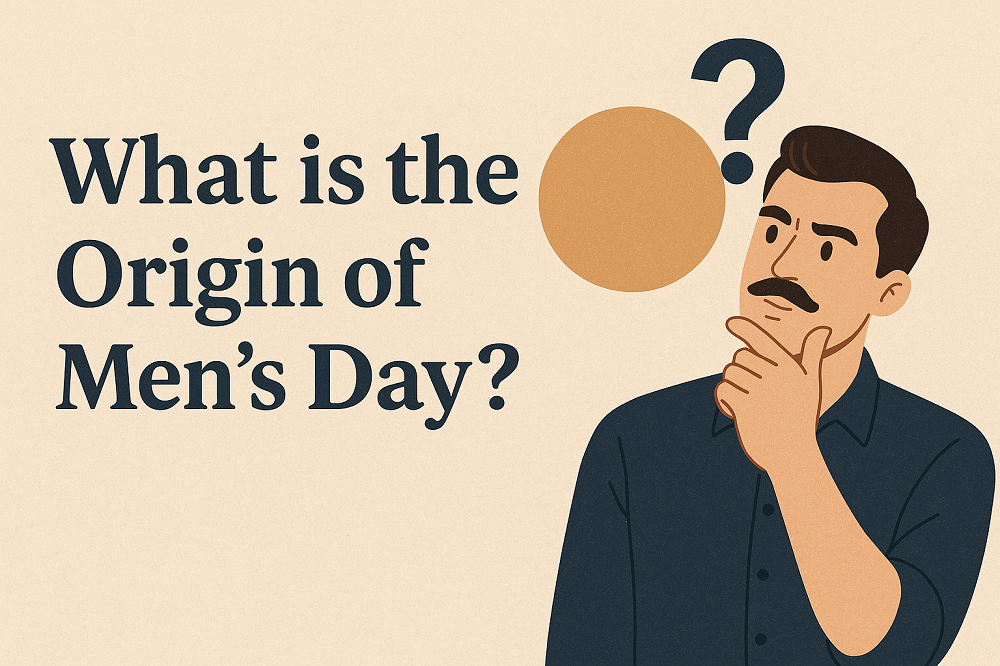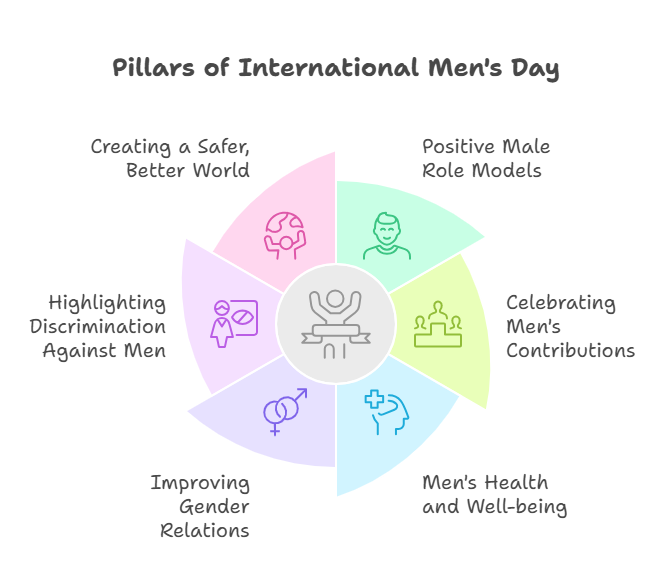What is the Origin of Men’s Day?

International Men’s Day, observed every year on November 19th, is a global occasion dedicated to recognising the contributions, achievements, and challenges of men and boys around the world. While it may not be as widely celebrated as Women’s Day, understanding the origin and significance of Men’s Day helps us appreciate its growing importance in today’s society.
The Origin of Men’s Day
The idea of having a special day for men dates back to the 1960s. During this period, there were increasing calls for gender equality and recognition of men’s contributions, with many questioning, “If women have an international day dedicated to them, why not men?” In fact, as early as 1969, the New York Times reported that men were advocating for February 23rd to be recognised as International Men’s Day, mirroring International Women’s Day on March 8th.
Despite these early efforts, it wasn’t until the early 1990s that the movement gained momentum. Professor Thomas Oaster, a director at the Missouri Center for Men’s Studies, organised small events in the United States, Europe, and Australia. While these events saw some initial success, they struggled to gain widespread attention and eventually faded.
The modern version of International Men’s Day was established in 1999 by Dr. Jerome Teelucksingh, a history lecturer at the University of the West Indies in Trinidad and Tobago. Dr. Teelucksingh chose November 19th to honour his father’s birthday and to commemorate a significant moment when Trinidad and Tobago’s football team united the nation in 1989. His vision was to create a day that not only celebrated men’s achievements but also addressed the issues and challenges faced by men and boys, including health, mental well-being, and social expectations.
Since then, International Men’s Day has grown into a global movement, with countries around the world recognising the day through events, discussions, and awareness campaigns. The date of November 19th was adopted internationally to synchronise celebrations and give the movement a unified voice.
The Six Pillars of Men’s Day

International Men’s Day is built on six key objectives, often referred to as the “pillars” of Men’s Day:
- Highlighting Positive Male Role Models: This includes not just celebrities and sportsmen, but also everyday working-class men who lead honest and inspiring lives.
- Celebrating Men’s Positive Contributions: Recognising men’s roles in society, family, marriage, childcare, and environmental stewardship.
- Focusing on Men’s Health and Well-being: Addressing social, emotional, physical, and spiritual health challenges faced by men and boys.
- Improving Gender Relations: Promoting better understanding and cooperation between genders.
- Highlighting Discrimination Against Men: Drawing attention to issues like social services, legal biases, and societal expectations that may disadvantage men.
- Creating a Safer, Better World: Striving for a world where everyone can live fearlessly and reach their full potential.
Why International Men’s Day Matters
International Men’s Day is more than just a celebration; it’s a platform to address real issues. Globally, men face higher rates of suicide, are often victims of crime, and may experience stigma when seeking help for mental health issues. The day aims to break down stereotypes, encourage open conversations, and foster support systems for men and boys.
Interestingly, International Men’s Day often coincides with “Movember,” a campaign where men grow facial hair in November to raise awareness about men’s health issues like prostate cancer, testicular cancer, and mental health.
Conclusion
The origin of Men’s Day is rooted in the pursuit of gender equality and the recognition of men’s unique challenges and contributions. Over the decades, it has evolved into a meaningful occasion that encourages positive change, celebrates male role models, and highlights the importance of men’s health and well-being. As awareness grows, International Men’s Day continues to play a vital role in building a more balanced and supportive society for everyone.





